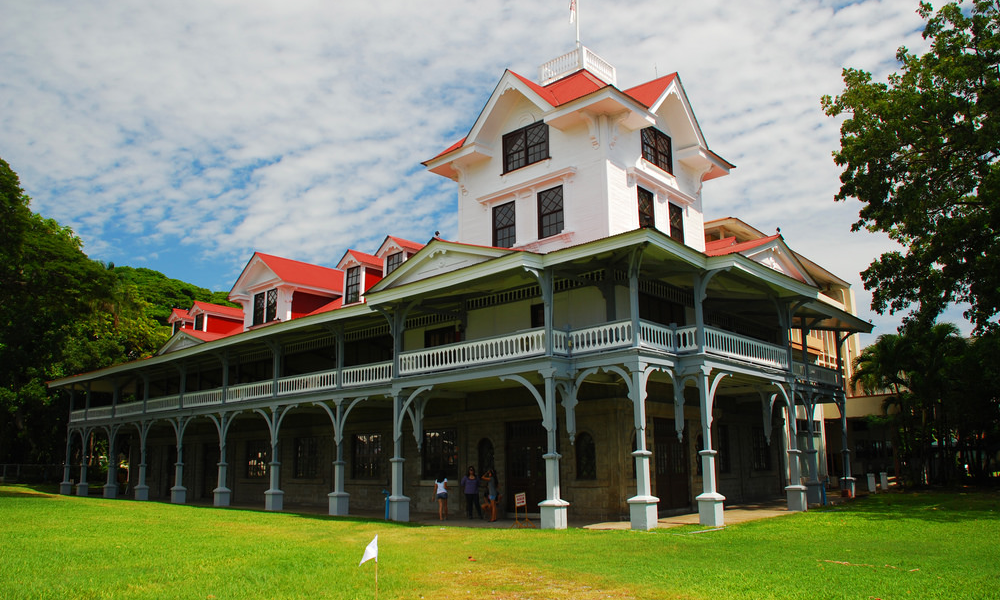A scenic campus is not only a good recruitment tool, but it can also provide positive influences on students' study habits. In this article, Tatler lists some of the most iconic landmarks of universities in the Philippines.
A good school infrastructure makes a good place for people to study; it can encourage students to have a healthy lifestyle so they could engage themselves in activities that could potentially open doors for them. In the Philippines, many universities feature scenic campuses that students can see in the flesh once the COVID-19 quarantines are lifted.
In the meantime, Tatler tours you around some of the most iconic university landmarks in the country.
Related: Back To School During The COVID-19 Pandemic: How Are Parents Coping With Virtual Learning?
1. Oblation, University of The Philippines (UP), Diliman

UP Diliman is not only famous because of its picturesque sunken garden and Mang Larry's Isawan, the campus also holds the 3.3-metre original Oblation statue crafted by National Artist Guillermo Tolentino.
It was conceived during the reign of UP President Rafael Palma in 1925. Palma, who commissioned Tolentino, wanted the statue to be inspired by the second verse of Jose Rizal’s Mi Ultimo Adios.
According to Tolentino, the Oblation statue is inspired by man’s patriotism towards his country. “The completely nude figure of a young man with outstretched arms and open hands, with a tilted head, closed eyes and parted lips murmuring a prayer, with breast forward in the act of offering himself, is my interpretation of that sublime stanza. It symbolizes all the unknown heroes who fell during the night.”
“The statue stands on a rustic base, a stylized rugged shape of the Philippine archipelago, lined with big and small hard rocks, each of which represents an island. The katakataka (wonder plant) whose roots are tightly implanted on Philippine soil, is the link that binds the symbolized figure to the allegorical Philippine Group. Katakataka is really a wonder plant. It is called siempre vivo (always alive) in Spanish. A leaf or a piece of it thrown anywhere will sprout into a young plant. Hence, it symbolises the deeply-rooted patriotism in the heart of our heroes. Such patriotism continually and forever grows anywhere in the Philippines.
UP Diliman's official website said that the original Oblation statue is being kept inside the Main Library (Gonzalez Hall), the former site of the UP College of Fine Arts.
More from Tatler: University Of The Philippines Celebrates 50th Anniversary Of The Diliman Commune This February 2021




